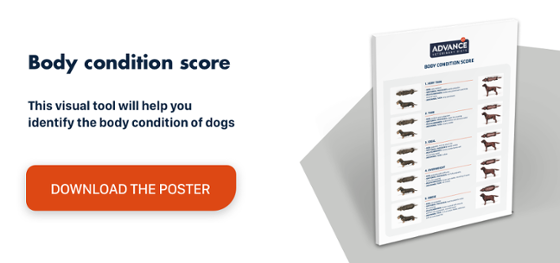Orchiectomy in dogs: differences between an open and closed orchiectomy
While orchiectomy in dogs is a relatively straightforward procedure, it can still present complications. Here we analyse whether an open or closed orchiectomy is the more suitable option.
Orchiectomy is one of the most common surgical interventions performed in pets. It not only prevents sexual behaviour in dogs, but also reduces urine marking, diminishes any aggressiveness and reduces the risk of developing hormone-dependent diseases, especially diseases of the reproductive tract.
Even though it is a routine sterilisation technique, it stills features the potential complications inherent to any surgical procedure, so new, safer and more effective approaches and techniques are always being investigated.
Orchiectomy in dogs: main complications
One of the principal complications of orchiectomy is bleeding. It is usually related to the tunica and therefore self-limiting, but it causes bleeding at the incision site and subcutaneous and scrotal bruising.
Bleeding around the vascular pedicle is more difficult to detect, as the vessels can retract into the abdomen, causing haemoperitoneum that courses with very few external signs of bleeding. Dogs with an intracavitary haemorrhage will have more subtle signs, such as pale mucous membranes, tachycardia and slow recovery from anaesthesia, as described in this analysis by Christopher Adin1.
Another common problem associated with castration is weight gain, which can develop into a risk factor for other diseases, but it is important to remember that weight can be keep under control with an appropriate level of physical activity and a diet such as Advance’s Weight Balance.
Comparison of open and closed orchiectomy techniques
Orchiectomy entails the surgical removal of the testicles, for which different surgical approaches can be used. A prescrotal approach is the most used as it involves fewer difficulties than perineal access and is easier to externalise the testicles. The scrotal technique can also be used in young dogs, which, according to a study by Woodruff et al.2, is probably 30% faster and provokes less postoperative self-harm.
In closed orchiectomy, the testicles are removed without opening the vaginal tunic, whereas in an open orchiectomy, the vaginal tunic must be opened before ligating the vessels and vas deferens. The clinical utility of both procedures has been the subject of great debate.
Closed orchiectomy is said to be a safer procedure because there is no direct communication with the abdomen, thus reducing the risk of ascending infections or abdominal hernia. In support of open orchiectomy, it is said to be less likely to cause scrotal bleeding or bruising, so the closed technique is generally recommended for small dogs and the open approach for larger dogs.
A study conducted at the University of Bristol3 compared the techniques and complications associated with open and closed orchiectomies in dogs. The researchers studied 73 cases and recorded all intraoperative and postoperative complications for 10 days.
They found that dogs undergoing open orchiectomy experienced more complications than those undergoing closed procedures, with rates of 70% and 46%, respectively. In fact, dogs treated with open orchiectomy were more likely to develop scrotal complications (61%) compared to closed orchiectomy (33%).
The authors concluded that open orchiectomy is associated with a higher overall rate of complications during the first 10 days postoperative, with more scrotal complications, such as swelling, bruising and pain, compared to closed orchiectomy.

